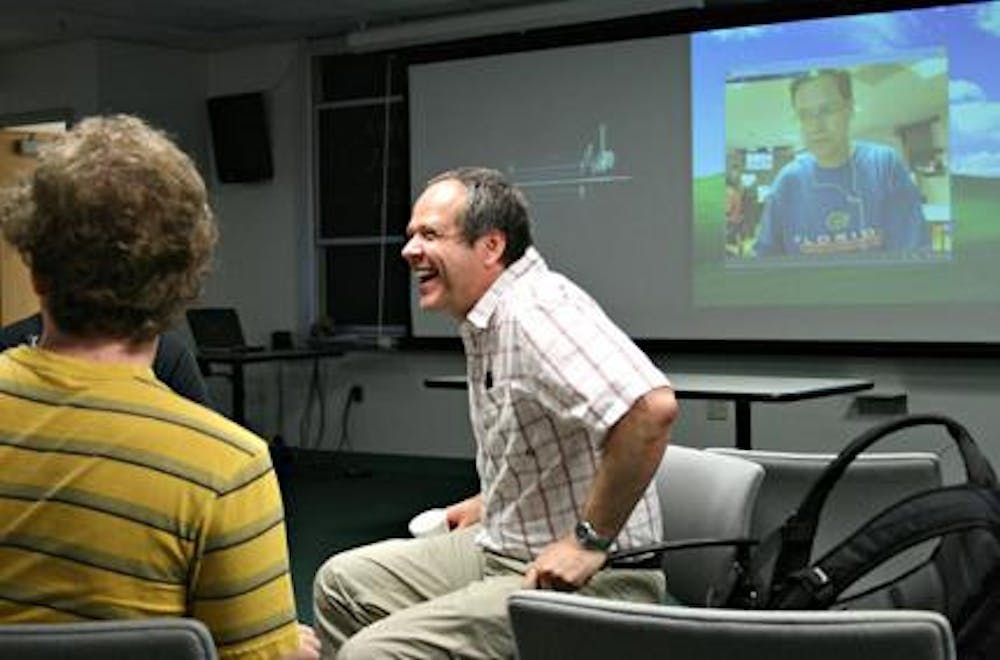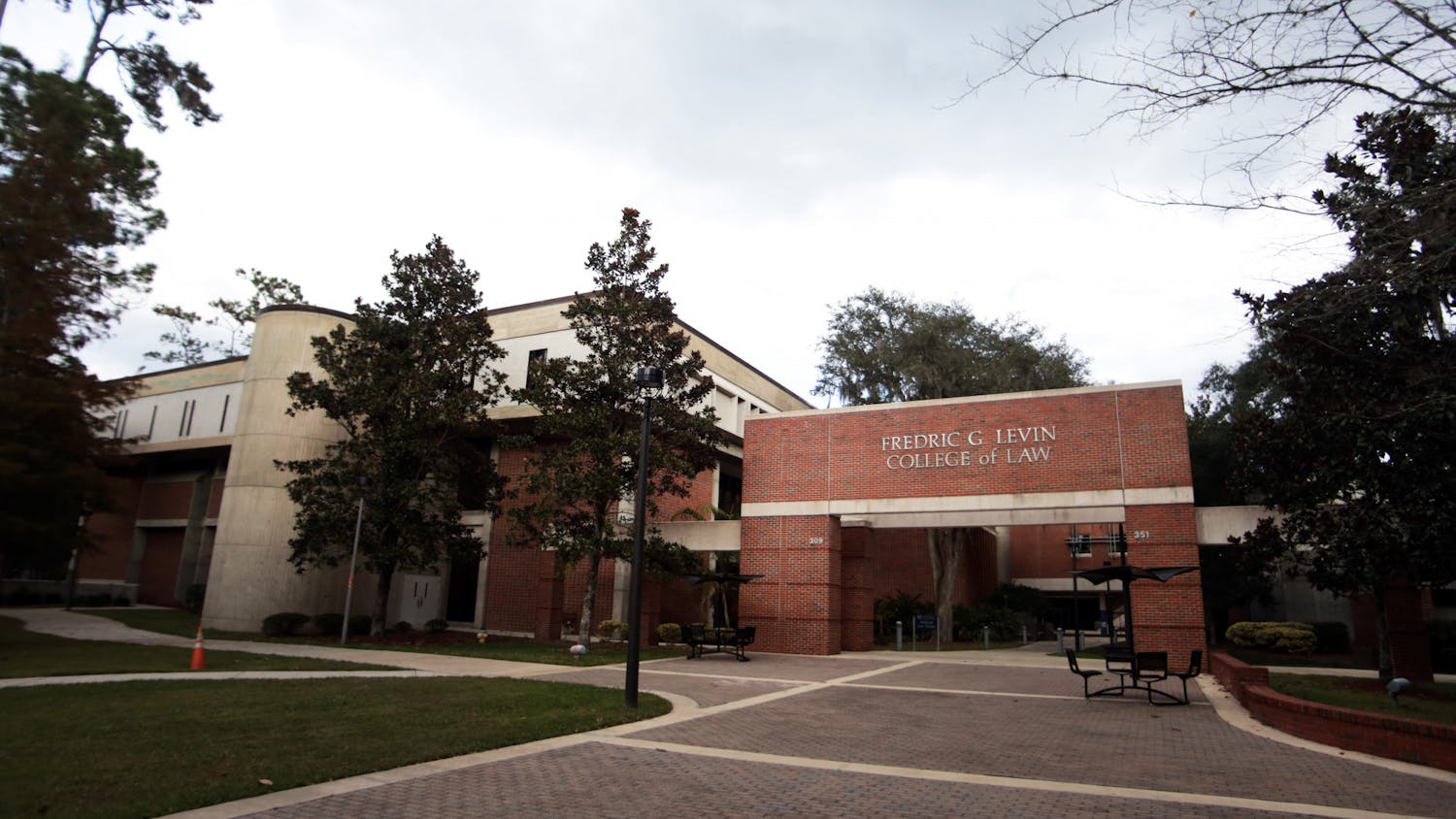Hours after the world's largest particle accelerator completed its first test run Wednesday, UF physicists gathered to celebrate the occasion.
They cheered, drank wine and munched on finger foods at a party Wednesday night to mark the first running of the accelerator, called the Large Hadron Collider.
Many of the 80 or so people who attended the party helped build pieces of the 17-mile tube buried about 300 feet underground beneath France and Switzerland.
The particle accelerator is used to collide two beams of particles at high speeds to recreate conditions that existed fractions of a second after the big bang.
At a cost of about $8 billion, according to a New York Times article, it has been called the most expensive science experiment ever.
Those who attended the event at the New Physics Building were also treated to a live webcast from Darin Acosta, a UF physics professor who spoke from a control room in Geneva, Switzerland about how the massive machine performed on its first day.
"What was pretty amazing was how well it went," said Acosta, who wore a blue UF T-shirt.
He said the accelerator has not been used for any collisions yet, and it will most likely be weeks before that happens.
Instead, scientists sent a beam of protons around the 17-mile track.
"They've now made 300 orbits of the beam," he said. "The future looks really great."
Acosta is one of more than 30 UF professors and students involved in the project, the largest contingent from any university in the U.S.
Guenakh Mitselmakher, also a UF physics professor, said the U.S. Department of Energy gave UF about $45 million for research relating to the particle accelerator. Mitselmakher, who is in charge of dispersing the money, said only about $10 million will stay at UF. The rest will go to other research teams.
UF's portion of the money has funded a number of projects related to the accelerator, all of which have Nobel Prize potential, he said.
But the most important project involved building end-pieces for the accelerator's particle detectors, which detect the presence of certain particles after the beams of particles collide, he said.
About one-fifth of the almost 500 end-pieces, which detect subatomic particles called muons, came through UF's labs at one point or another, he said.
Even though he's been working with particle accelerators for much of his life, he said he's not sure what he expects to find.
"We are crossing uncharted territory," Mitselmakher said. "Nobody ever collided particles at this energy."






